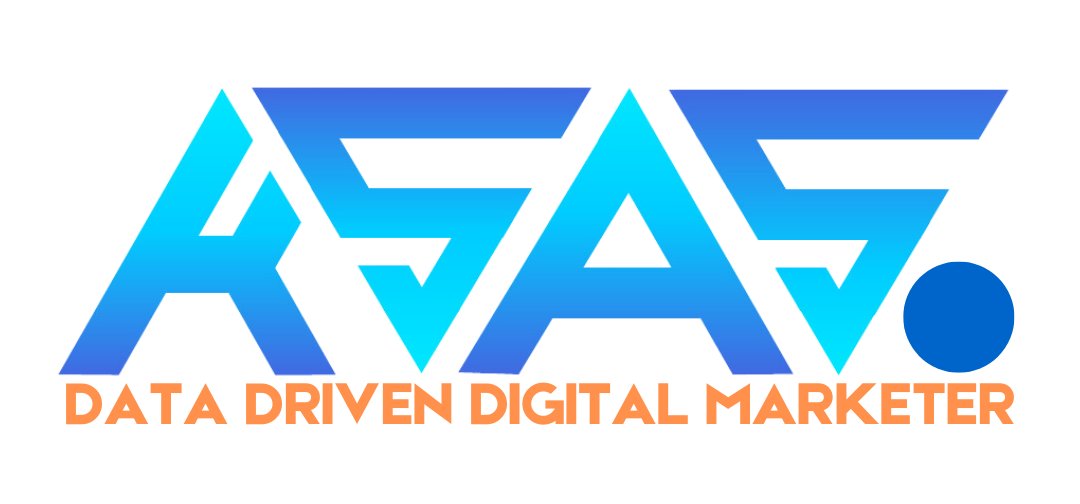Digital Marketing vs. Traditional Marketing| Brands Should Adopt a Digital-First Approach
In today’s fast-evolving marketing world, small and medium-sized enterprises (SMEs) and startups are constantly seeking ways to build visibility, connect with customers, and drive sales—efficiently and affordably. The big question that arises time and again is:
Should you choose digital marketing or traditional marketing?
Here’s a more realistic and strategic answer: prioritize digital marketing, but understand where traditional marketing still has value.
Let’s explore the strengths of both and uncover why SMEs and startups should lean into a digital-first strategy while still appreciating the role of traditional channels.
What is Traditional Marketing?
Traditional marketing includes promotional efforts that occur offline, such as:
Print Media: Newspapers, magazines, brochures
Broadcast Media: Television and radio
Direct Mail: Postcards, flyers, catalogs
Telemarketing: Cold calling
Out-of-Home (OOH): Billboards, transit ads, signage
These methods have been used for decades to build brand awareness and reach local audiences. They have a strong legacy of success, particularly in helping businesses create familiarity and trust.
Strengths of Traditional Marketing:
High trust factor: Consumers often view print and TV ads as more trustworthy.
Local reach: Excellent for businesses targeting a specific geographic area.
Long-term recall: Repeated radio jingles and billboards stick in people’s memories.
However, they also come with challenges:
Higher cost: Print and TV ads can be expensive.
Limited targeting: It’s difficult to narrow down your audience.
Difficult to track: ROI is hard to measure in real time.
What is Digital Marketing?
Digital marketing refers to all marketing activities conducted online, including:
Search Engine Optimization (SEO)
Content Marketing (blogs, videos, infographics)
Social Media Marketing (Facebook, Instagram, LinkedIn, X)
Email Marketing
Pay-Per-Click (PPC) Advertising
Influencer & Affiliate Marketing
Digital marketing is not just a trend—it’s the foundation of modern business growth.
Why Digital Marketing is Perfect for SMEs and Startups:
Cost-effective: Get started with a minimal budget.
Precision targeting: Reach the right people at the right time.
Real-time analytics: Track, test, and tweak campaigns instantly.
Scalability: Easily scale your efforts as your business grows.
Global reach: Access markets beyond your local region.
Must-Know Stats:
78% of businesses using social selling outperform those that don’t.
85% of marketers say AI has transformed content creation.
Email remains one of the highest ROI tools for B2B and B2C.
60% of internet activity in the US is mobile-based, highlighting the need for responsive content.
Traditional vs. Digital Marketing: A Smart Comparison
| Feature | Traditional Marketing | Digital Marketing |
|---|---|---|
| Reach | Local/national mass audience | Global, niche & targeted reach |
| Cost | Higher (media buying, print) | Lower (CPC, social media ads) |
| Targeting | Broad demographic targeting | Detailed audience segmentation |
| Measurement | Delayed or estimative | Real-time data and optimization |
| Interaction | One-way communication | Two-way conversation |
| Adaptability | Fixed post-production | Quick edits & A/B testing |
Real-World Examples of Effective Traditional Marketing
Wendy’s “Where’s the Beef?” (1984): A simple phrase that stuck in pop culture.
IKEA’s pop-up catalog mailer: Direct mail that mirrors the flat-pack product experience.
Coca-Cola’s OOH billboard: The ribbon becomes a hand pointing to recycling bins—a great mix of brand identity and social responsibility.
These prove traditional marketing can still be impactful when done creatively and contextually.
Why Prioritize Digital Marketing (But Don’t Ignore Traditional)
For SMEs and startups working with limited resources and big ambitions, digital marketing offers:
More for less: Stretch your budget across multiple platforms.
Speed to market: Launch campaigns in hours, not weeks.
Customer insights: Learn from behavior, not assumptions.
Better ROI: Targeted campaigns that directly support business goals.
But does that mean traditional marketing is dead? Not at all.
Think hybrid: Use digital marketing as your primary driver and support it with selective traditional tactics based on your audience and goals.
For example:
Run a local newspaper ad with a QR code that links to your online offer.
Use radio ads to promote a limited-time event and retarget visitors with Facebook or Instagram ads.
Mail a promo flyer to high-value prospects and follow up via email.
Building a Digital-First Strategy That Converts
If you’re ready to take the leap, here’s how to build your digital presence step by step:
Know Your Audience
Build personas based on demographics, behaviors, pain points.
Identify where they spend time online (social platforms, search engines).
Optimize Your Website
Make it fast, mobile-friendly, and SEO-optimized.
Add clear CTAs, lead capture forms, and valuable content.
Invest in SEO & Content Marketing
Target the right keywords and create blogs, guides, and videos.
Answer your audience’s real questions to build authority.
Leverage Social Media & Paid Ads
Use Meta, Google, LinkedIn, or YouTube ads to reach your audience.
Retarget website visitors and nurture leads.
Use Email Automation
Welcome new leads, nurture them with helpful content, and offer timely promotions.
Measure, Improve, Repeat
Use Google Analytics, GA4, or custom dashboards to track what works.
Test and refine your strategy continually.
Final Thoughts: The Future is Digital-First
Traditional marketing has shaped the foundations of branding and mass communication. It still offers value in specific use cases. But for startups and SMEs with limited time and budget, digital marketing is the smarter, faster, and more measurable choice.
By prioritizing digital strategies and selectively integrating traditional tactics, you can maximize visibility, conversion, and long-term growth.
